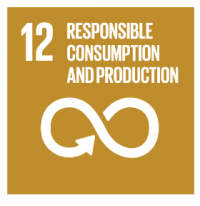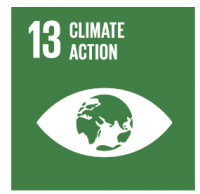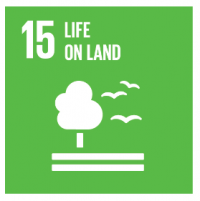The Wonders of Moss resource is a great introduction to this fascinating group of plants. You will find links to information about the plant and its growth habits, suggestions for practical activities to help you learn more about the plant and you will learn how moss was used to treat the wounded during World War I.
Moss and the Duke of Edinburgh’s Award
In East Ayrshire there is an abundance of moss which makes it a perfect focus for the volunteering element of the Award or theme for an Expedition Aim.
To find out about possible volunteering opportunities in East Ayrshire visit http://www.ea-cei.org.uk/get-involved/communities/volunteers/
For an Expedition Aim why not make a moss spotter guide for your team. Make it a fun competition by turning it into a game of ‘Moss Bingo’ similar to the Bumblebee Bingo game you can find ready made here
Create your own moss bingo card using information you find in The Wonders of Moss . At the same time challenge yourself and the rest of the team to learn 3 amazing mossy facts about each species on your card.
Moss and Peat Bogs
Moss plays a very important role in peat bog ecosystems (which is why a peatbog is often called a ‘moss’. It just so happens that peat bogs are an important part of the biodiversity of Ayrshire. This is evident locally in the number of place names which include the word ‘moss’ – Mossblown, Low Moss, Airds Moss……
Peat bogs play a critical role in managing climate change. To learn more visit East Ayrshire Coalfield Environment Initiative a local organisation caring for our peat bogs.
EACEI has in the past worked with local primary schools and organised volunteer projects aimed at increasing our knowledge of these important environments.
http://www.ea-cei.org.uk/get-involved/learning/ shows you past and current projects and provides links to learning resources.
Peat bogs act as a carbon sink – they trap carbon preventing its release into the atmosphere. A healthy peat bog can help mitigate climate change. If damaged, peat bogs release the stored carbon into the atmosphere. This is what makes the work of organisations like the EACEI so important.
For a quick introduction to peat bogs and climate change visit
BBC Bitesize – Peatbog Destruction
Peat continues to be harvested for use in gardening and horticulture. When you are at the garden centre, look out for peat free compost and look out for the products which contain large amounts of peat and make a choice about which purchase is best for the environment.
https://www.globalgoals.org/12-responsible-consumption-and-production
https://www.globalgoals.org/13-climate-action
https://www.globalgoals.org/15-life-on-land




